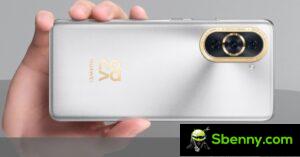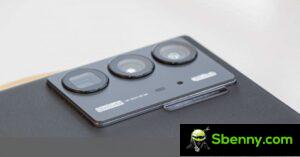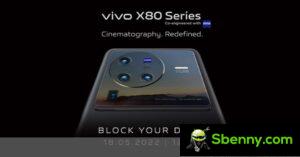Bloomberg’s Mark Gurman has released an extensive report, detailing Apple’s VR/AR headset. Let’s start with the name: It will be called the Apple Reality Pro and could be announced at WWDC and launched in the US for $3,000 later this year.
Apple aims to bring a seven-year project and the work of its technology development group of more than 1,000 people to Reality Pro. The project is the first new category for Apple since it launched the Apple Watch in 2015 and the company is making a big financial bet on its success.
Reality Pro will be made of aluminum, glass and cushions. Gurman calls it reminiscent of Apple’s AirPods Max. It will have a curved screen on the front that can show the wearer’s eyes. It will have speakers on the sides and a headband to secure it on a user’s head. The Reality Pro will reportedly use a modified version of Apple’s M2 processor and have a battery pack attached to the headset via cable, which the wearer will carry in their pocket. The battery is reportedly the size of two iPhone 14 Pro Max batteries stacked together and will last up to 2 hours.
The headset will differ from rival products (such as Meta’s Quest Pro) in a few key ways: it will have face and eye tracking, it will combine VR (indoor virtual environment) with AR (augmented real world), it will have its own interface like the iPhone or iPad and serve as a video consumer device (for watching movies or as an external display for a Mac).
Reality Pro will have several external cameras to track your hands and sensors inside to track a user’s eyes. That means the headset will know where you’re looking at and let you interact with the iPhone-like 3D interface (called xrOS internally) by pinching with your thumb and forefinger. This means that Apple’s Reality Pro won’t require physical hand controllers like other headsets to operate.
The Reality Pro will have a digital crown, like the Apple Watch, that will switch from virtual reality to augmented reality. Gurman says that when switching from virtual reality to augmented reality, the fully surfaced environment will vanish and be surrounded by the user’s real environment. Gurman reports that Apple expects this to be the highlight of Reality Pro.
Next up is FaceTime. Reality Pro will be able to realistically render a person’s face and whole body in a virtual environment. This way two people can have a conversation in VR that feels closer to reality than the cartoonish version of Meta. However, due to processing power requirements, during a FaceTime call with more than two people, Reality Pro will display everyone as Memoji.

Users will be able to use Reality Pro as an external monitor for a Mac. In this mode, users will see the display in virtual reality but still use the computer’s touchpad or mouse and physical keyboard.
Reality Pro will be able to simulate watching a movie on a giant screen in a fully simulated environment such as outer space or a desert. But Reality Pro will require you to wear AirPods to get spatial audio.
Apple is said to be preparing an in-store environment for users to experience Reality Pro at its Apple Stores. Gurman says Apple is taking a long-term approach to Reality Pro and doesn’t expect a profit from the first-generation product, even at its high price.







Start a new Thread